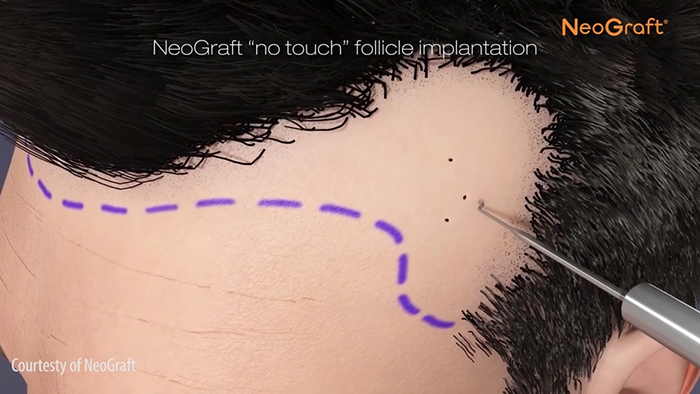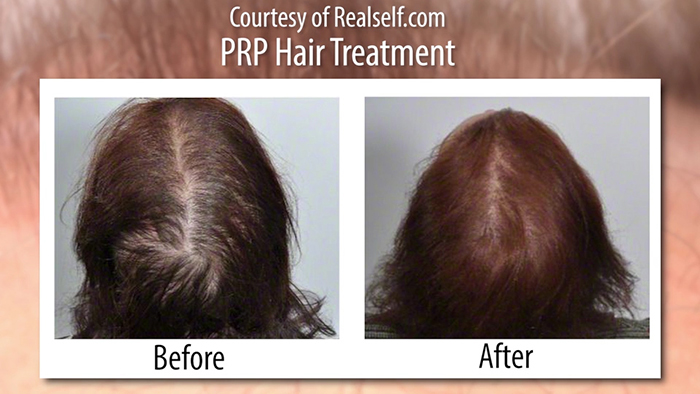Like breathing and the roof over your head, you probably take your hair for granted – until one morning. Trust me, I know about that morning. Been there. Still have it — baldness that is. For many people, a hair transplant can help bring back what looks like a full – or at least a fuller – head of hair. Fortunately, there are many options today in the fight for the follicle that achieve great, lasting results.
by John Hammarley
and Dustin Reid, MD and Ashley Gordon, MD
Baldness Isn’t All Bad , and Don’t Believe The Wives’ Tales
Up for a promotion? If you’re a man, you might want to get out the clippers. Men with shaved heads are perceived to be more masculine, dominant and, in some cases, to have greater leadership potential than those with longer locks or with thinning hair, according to a recent study out of the University of Pennsylvania’s Wharton School.
And even now, in the 21st century, old wives’ tales abound about hair loss. It’s NOT caused by nutrition, excessive shampoo, wearing hats, clogged pores or stress – usually just those pesky genetics.
There’s More Than Just Hope!
Drs. Dustin Reid and Ashley Gordon, board certified plastic surgeons practicing in Austin, TX, are “truly excited” about the weapons they now have to battle baldness. These options span the spectrum – ranging from topical creams to the Neograft® surgical approach, where surgeons take donor hair from the back of the scalp and transplant them into the front of your hair. But, as Dr. Gordon points out, “not all patients are ready to invest their time and money into a permanent surgical plan.”

Minoxidil and Finasteride
Minoxidil is a topical cream that you apply regularly that makes the hair follicle “stronger and more robust” and Finasteride is a topical that blocks testosterone that causes hair follicles to go into hibernation. These topicals have been used for years and years with varying degrees of success, depending on each patient.
PRP – The Newest Treatment Used for Everything from Bad Knees to Bald Heads
Those three letters stand for platelet-rich plasma and this therapy is soaring in popularity these days for any number of conditions, ranging from hair loss to knee pain relief. Your doctor extracts a small amount of blood from your own circulation, uses a centrifuge to spin and separate concentrated platelets that our bodies use for healing, and inject at the appropriate spots.

“This plasma has many growth factors in it,” says Dr. Reid, “which we then inject into the scalp along with micro-injection sites for the platelet-rich plasma to sink into.”
Find a Surgeon with an Arsenal
Every patient is different, and the degree of hair-loss may require more invasive or less invasive procedures. Patients seriously interested in treating hair loss have options better than ever before, so long as they find the right surgeon with experience and all the tools necessary to create the unique plan for your unique issues.
















Facebook
Twitter
Instagram
YouTube
RSS